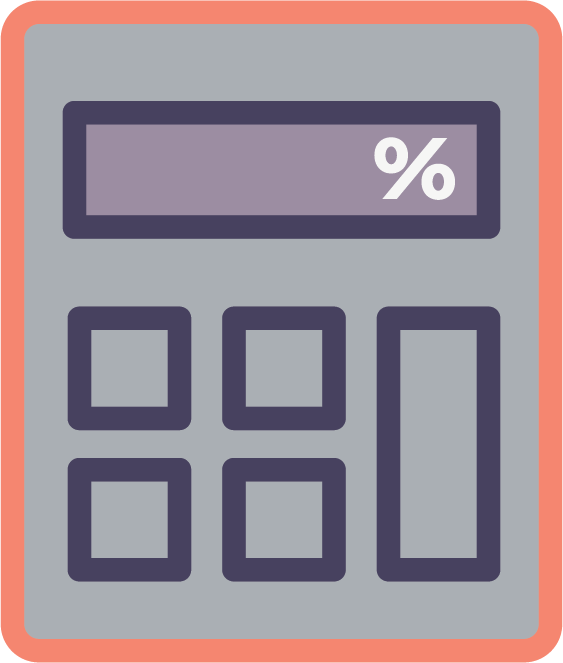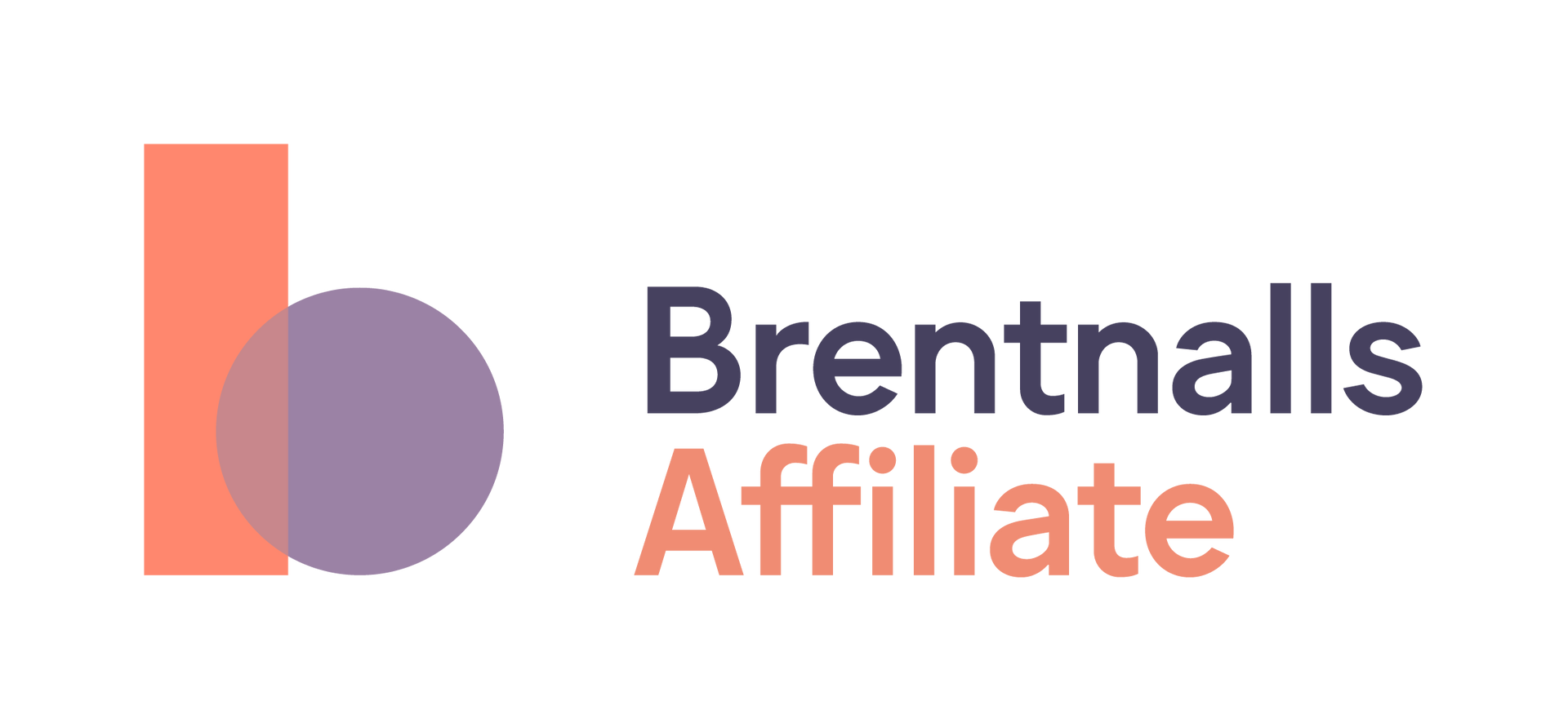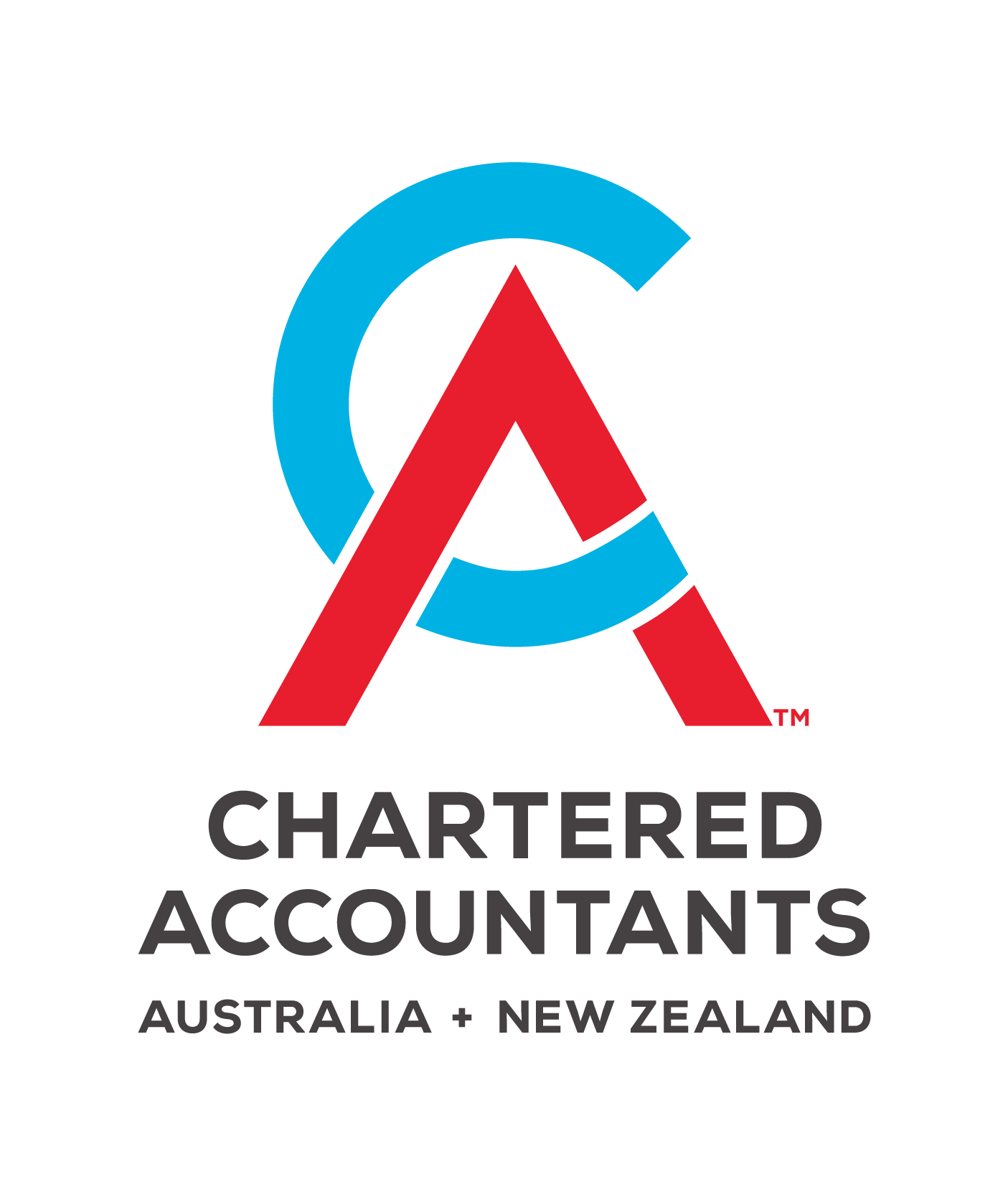News Articles
Health Industry
Understanding loan accounts in trusts: a simple guide
11 March 2024

If you've ever come across the term "loan account" in the context of trusts, you might have wondered what it means and how it works. Loan accounts in trusts can be a bit tricky to grasp, but we're here to break it down in plain English.
What is a loan account?
A loan account is like a virtual piggy bank within a trust that keeps track of money transactions between individuals and the trust itself. It's not an actual pile of money, but rather a record of how much money you or others have contributed or withdrawn from the trust. Think of it as a running tally of financial transactions within the trust.
How can the loan account increase when I haven't actually loaned any funds?
This is where things can get a bit confusing, but it's important to know that a loan account doesn't always involve actual loans. Instead, it keeps track of the movement of money related to you, in and out of the trust. So, even if you haven't given or received a traditional loan, your loan account balance can change based on various transactions.
Example: Let's say you put $10,000 into the trust initially. You receive a monthly distribution of $1,000 and you are entitled to a profit allocation at the end of the year of $15,000. So, your loan account balance actually increases by $3,000 to $13,000, due to the fact that not all of your profit share was paid out during the year.

This means that your loan account can go up even if you didn't physically lend any money to the trust. That’s because the trust can have income or assets that it distributes to you or allows you to use. When this happens, the trust records this as a loan or entitlement to you, even though you didn't give them money.
Where did the funds in the loan account come from?
The funds in a loan account can come from several sources:
- Contributions: When you or someone else puts money into the trust, it increases the loan account balance.
- Income and Gains: Money earned by the trust, such as interest, dividends, or capital gains, can also boost the loan account.
- Withdrawals: If you or someone else takes money out of the trust, it decreases the loan account balance.
Why are they sometimes different for various principals?
In a trust, there can be multiple principals or beneficiaries. Each principal might have a different loan account balance based on their individual contributions, withdrawals, and earnings from the trust.

Example: Imagine a Medical Service Trust with 4 associated Doctor owners owning different numbers of Units in the Trust. The Service Trust distributes profit based on the ownership proportion and so different doctors receive different amounts. Each Doctor would have their own loan account, reflecting their various financial interactions with the trust.
What happens to my loan account when I exit?
Exiting a trust involves settling your loan account. If your loan account is in the negative (meaning you owe the trust), you'll need to repay the trust for any funds or assets you've used. If your loan account is in the positive (the trust owes you), you'll receive the funds or assets attributed to you.
Example:
If your loan account balance is $50,000 when you decide to exit the trust, you might receive that amount as a payment or as assets equivalent to that value.

In a nutshell, loan accounts in trusts are like IOUs that help keep track of who owes what within a trust. They can increase for various reasons, and the source of the funds can vary. When you leave the trust, your loan account will be settled to ensure you get what you're owed or pay back what you owe. If you would like to discuss loan accounts in trusts further, we are here to help.
Discuss Further?
If you would like to discuss, please get in touch.
Disclaimer
The information provided in this article does not constitute advice. The information is of a general nature only and does not take into account your individual financial situation. It should not be used, relied upon, or treated as a substitute for specific professional advice. We recommend that you contact Brentnalls SA before making any decision to discuss your particular requirements or circumstances.







